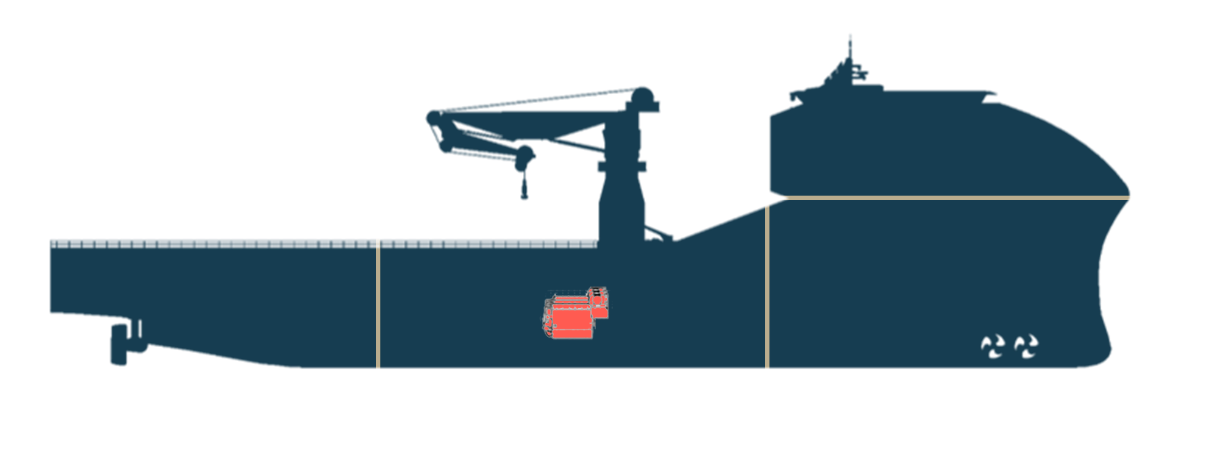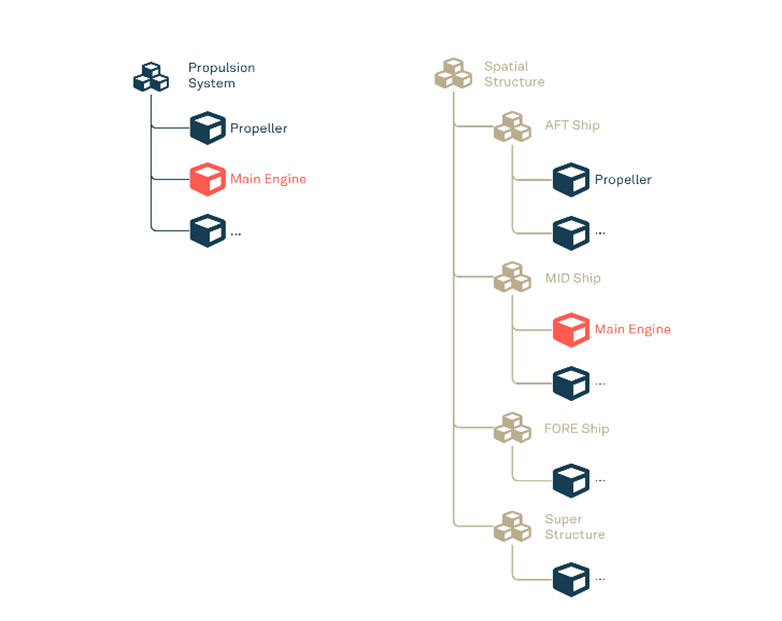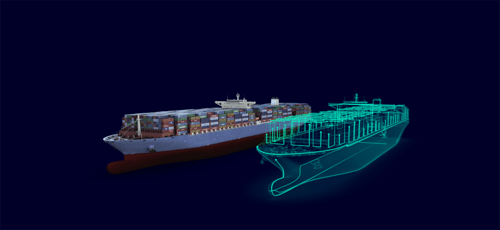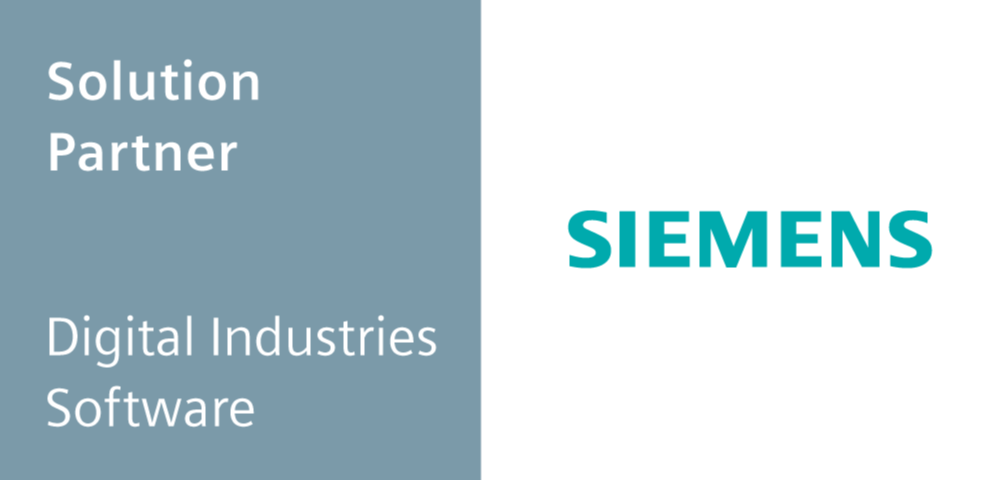In today's fast-evolving industries, products are increasingly complex, blending electrical, mechanical, and software elements. This complexity presents significant challenges for traditional product management and manufacturing methods.
Teamcenter's Structure Partitions provide an effective solution by segmenting a product's structure into smaller, manageable "Partitions." This method simplifies focusing on individual components while maintaining a holistic view, streamlining the development process, improving efficiency, and reducing error risks through parallel development and easier change tracking.
Adopting a modular and flexible approach, Structure Partitions are crucial for fostering innovation and enabling swift market response. But in high-stakes sectors like shipbuilding, where the Digital Twin concept is critical, how do companies effectively manage the blend of disciplines that modern products embody?
Overcoming Challenges through Structure Partitions
Consider a ship: it has diverse requirements for organizing its digital twin data. On one hand, there's a need for functional organization, such as grouping all components of a propulsion system—main engine, propeller, fuel supply, etc.—based on their roles. On the other hand, spatial organization is crucial, with sections, compartments, and rooms arranged according to their physical locations.


This aspect of organization—spatial and functional—highlights a significant challenge. For instance, an engine plays a critical role in both the spatial layout of the engine room and the functional operation of the propulsion system. Consequently, it must be represented in both structures, leading to complexities in data management.

While this might seem manageable on a small scale, the challenges magnify with larger products and involved disciplines. Traditional approaches to managing these multi-structured data can strain organizations, especially when changes occur. Issues include:
-
Determining who has the authority to change a component's location within the product and ensuring this process is managed accurately.
-
Implementing changes across all structures if a component is modified, which is essential to maintain consistency across the digital twin.
These problems often lead to inconsistencies among the various [sub] structures that describe your product. Identifying and resolving these challenges can be both time-consuming and expensive, particularly during critical stages of product development when delays or failures carry significant consequences.
In essence, the task of efficiently managing the digital twin of complex products like ships underscores the need for innovative solutions that can handle the intricacies of both functional and spatial data organization.
How Teamcenter's Structure Partitions Transform Product Management?
Teamcenter's Structure Partitions offer a sophisticated way to manage complex product structures by allowing specific subsets of a product's structure to be viewed in different configurations without altering the actual product structure. This approach enables organizations to meet various structural organization and viewing requirements without resorting to creating multiple substructures or duplicating component instances.
Structure Partitions facilitate the organization of a product in a logical or hierarchical manner, enhancing the way users interact with and understand the product structure. To cater to diverse user needs, Structure Partitions are divided into distinct Partition Schemes, each designed for a specific organizational perspective:
-
Partition Scheme – System: Focuses on the system-level organization of components.
-
Partition Scheme – Spatial: Organizes components based on their physical location within the product.
-
Partition Scheme – Physical: Centers on tangible aspects of the product's components.
-
Partition Scheme – Functional: Groups components according to their functional roles within the product.
To maintain clarity and prevent user confusion, only one Partition Scheme of a type is permitted per product. Each scheme can encompass various partitions. For instance, while there may be only one spatial division for a product, the number of spaces—defined as Partitions within the Spatial Partition Scheme—can vary.

A key advantage of Structure Partitions is their ability to represent a single component within multiple Partitions simultaneously, without complicating the overall product structure. For example, a ship's engine might concurrently belong to the Machinery Partition (Functional), Propulsion Partition (System), and MidShip - Engineroom Area Partition (Spatial). This multiplicity allows the same component to be seamlessly integrated into different product views, eliminating the need for complex arrangements of separate substructures.

Through the innovative use of Structure Partitions in Teamcenter, companies can transform the way they manage complex product structures. This approach not only simplifies management tasks but also streamlines how teams view and interact with diverse product requirements, enhancing efficiency and clarity. By reducing administrative overhead and minimizing the risk of errors, CLEVR emerges as a pioneer, offering advanced solutions that empower modern product management strategies. For those looking to elevate their approach to managing product complexities, connecting with Sönke Hoppe for expert advice and support from CLEVR can provide the necessary insights and tools for success.




